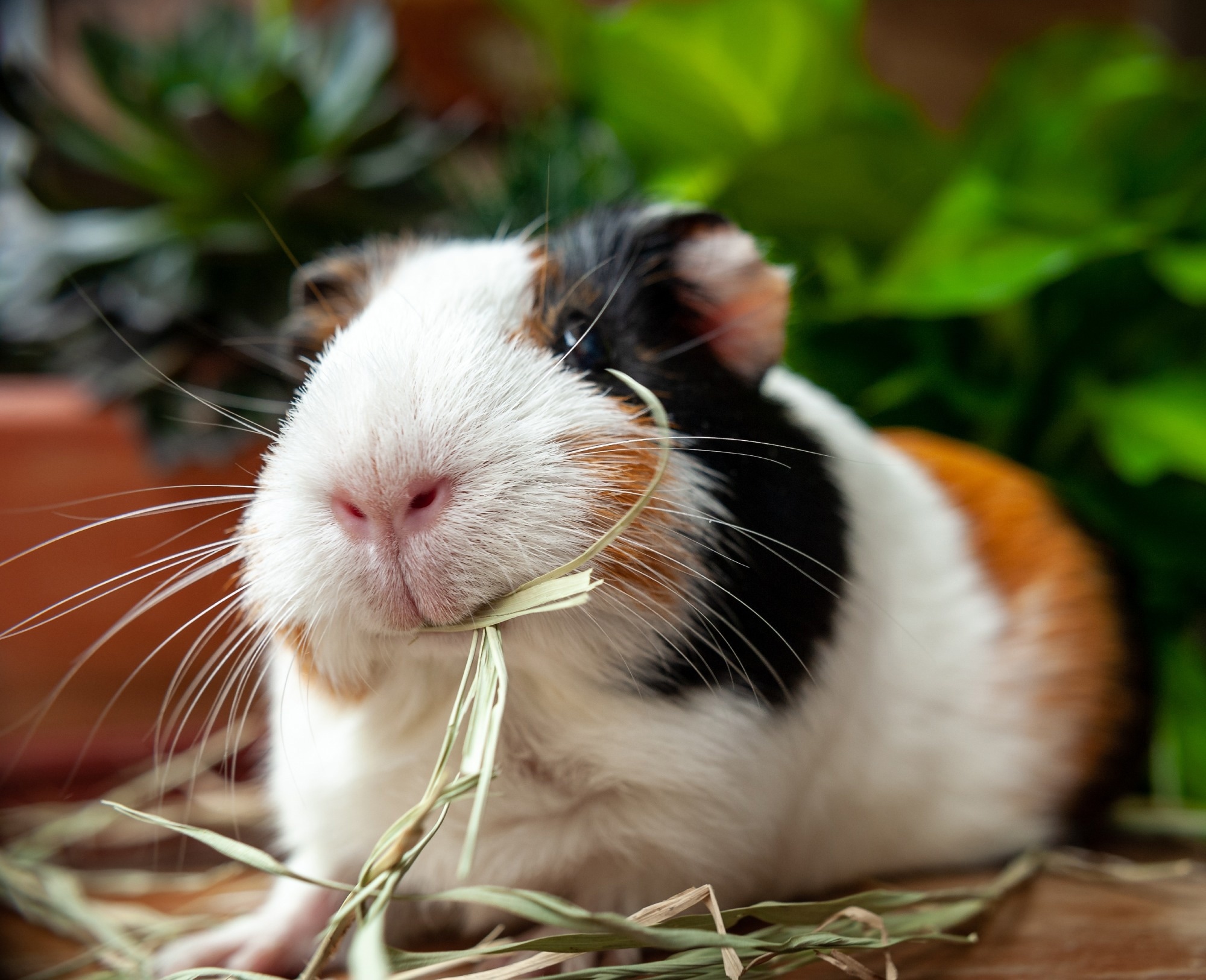A recent study in Nature Cell Biology identified guinea pigs as promising small animals to model preimplantation development, a critical step in human embryogenesis. Stem cells provide opportunities to study early human embryogenesis; however, reimplanting stem cells in vivo is unethical.
Guinea pigs closely resemble human development, offering a viable alternative to human embryos for studying preimplantation stages and addressing ethical constraints in human embryology research.
 Image Credit: Thiago Janoni/Shutterstock.com
Image Credit: Thiago Janoni/Shutterstock.com
Introduction
Human preimplantation involves the formation of three lineages: trophectoderm (TE), primitive endoderm (PE), and epiblast (EPI).
An in-depth knowledge of the fundamental basis of preimplantation could guide reproductive techniques and infertility treatment and help optimize conditions for embryonic and fetal growth.
Recent breakthroughs in biological approaches and efficient gene function evaluation enable the modeling of human embryos from several species. The guinea pig is a well-established reproductive model that shares general physiology with humans.
About the Study
In the present study, researchers leveraged guinea pigs to study the biological mechanisms underlying human embryogenesis and preimplantation. They focused on the timing and expression of lineage markers in different cell types of pig embryos.
The researchers collected guinea pig embryos three to six days after natural mating. Cell culture enabled embryo research through the zygote, precompaction, compaction, and the late blastocyst stage.
Functional analysis using small molecules assessed the roles of various signaling pathways in lineage formation and blastocyst development using small-molecule inhibitors in doses optimized by dose-response analysis.
These pathways include the Hippo, Janus kinase-signal transducer and activator of transcription (JAK-STAT), mitogen-activated protein kinase MAPK kinase (MEK)/extracellular signal-regulated kinase (ERK) signaling cascade (MEK-ERK) pathways.
The analysis demonstrated the effects of various small molecules on lineage specification and development in pig embryos, denoting long-term health impacts of exposures or insults on embryonic development.
The team obtained human embryos from individuals undergoing in vitro fertilization (IVF) treatment to assess similarities and discrepancies in human embryogenesis. In addition, they collected mouse embryos for cross-species analysis.
Gene set enrichment analysis (GSEA) revealed differential gene expression in guinea pigs, mice, and human embryos. Canonical correlation analysis (CCA) identified cell types conserved across species. Uniform manifold approximation and projection (UMAP) assigned cell identities based on gene expressions.
Single-cell ribonucleic acid sequencing (scRNA-seq) revealed gene expression in pig embryos. Pseudotime inference applied to scRNA-seq data reconstructed developmental trajectories to identify the timings of lineage specifications.
Deoxyribonucleic acid (DNA) extracted from the embryos underwent amplification for sex determination using the X and Y chromosomes. RNA fluorescence in situ hybridization (FISH) investigated the status of the X chromosome in guinea pig embryos.
Immunofluorescence analysis demonstrated the spatial-temporal dynamics of primary lineage markers. These markers include SRY-box transcription factor 2 (SOX2), caudal type homeobox 2 (CDX2), and GATA binding protein 3 (GATA3).
Immunostained histone H3 lysine 27 trimethylation (H3K27me3) loci revealed X chromosome inactivation patterns. The team also investigated the role of retinoic acid in embryo attachment and orientation during implantation.
Results
The study found similarities in preimplantation development between guinea pigs and humans, making them a valued model for studying human embryogenesis.
Preimplantation development in guinea pigs is six to seven days long, similar to human development, unlike common laboratory animals such as mice. Compaction, cavitation, and blastocyst formation occur in similar durations in human and pig embryos.
The pig embryos co-express SOX2, GATA3, and GATA6, similar to human embryos. Lineage specification in guinea pigs begins during the cavitation stage and completes in the late blastocyst stage, akin to humans.
Interstitial implantation occurs in both species, where the embryo penetrates the uterine lining, a process distinct from other rodents. The placenta of guinea pigs is hemochorial, akin to the human placenta.
Further, patterns of incomplete X-chromosome inactivation in the pig embryos are similar to those in humans. Hippo, JAK-STAT, and MEK-ERK pathways are crucial for lineage formation and blastocyst development in both species. Similarities in signaling roles across species suggest conserved mechanisms in early development.
Retinoic acid promotes proper orientation and apposition in the embryos of guinea pigs and humans. Both species demonstrate enhanced expression of several transcription factors.
These factors include transcription factor AP-2 alpha (TFAP2A), high mobility group nucleosomal binding domain 3 (HMGN3), nuclear receptor subfamily 2 group F member 2 (NR2F2), GATA2, and CDX2 in the epiblast and trophectoderm trajectories, in line with patterns observed in humans.
Based on the findings, guinea pig embryos share several developmental features with humans concerning compaction, cavitation, and blastocyst formation.
Thus, guinea pigs are valuable for studying human embryogenesis, infertility, and developmental disorders. Limitations include challenges in pig embryo yield and genome assembly.